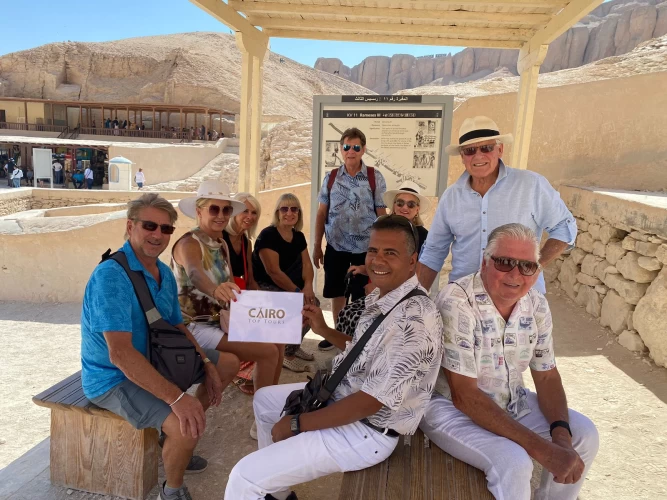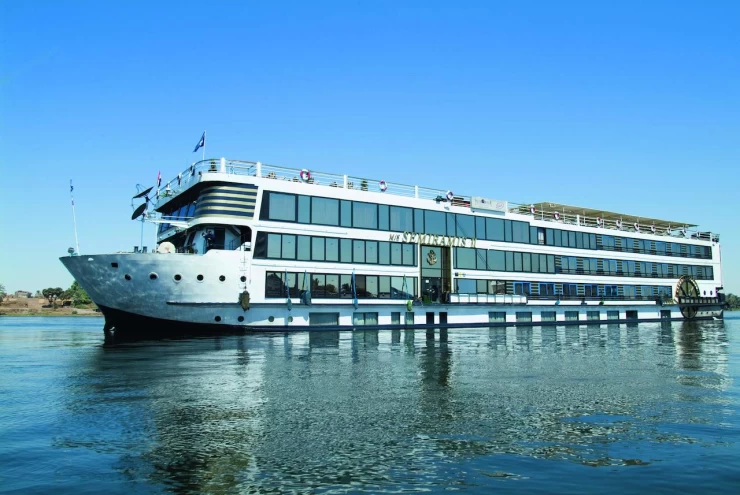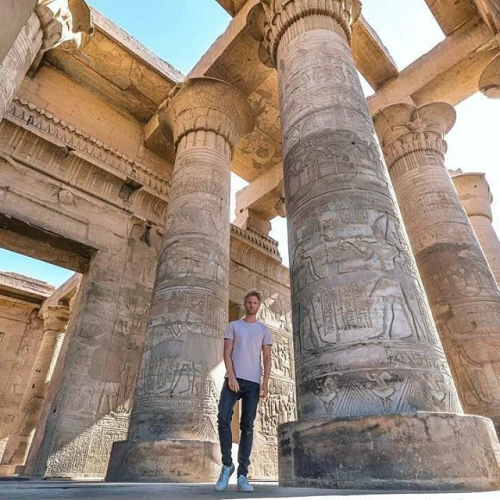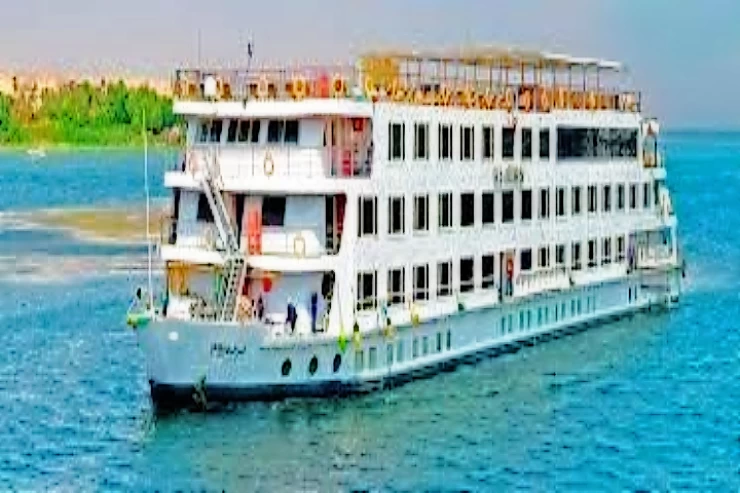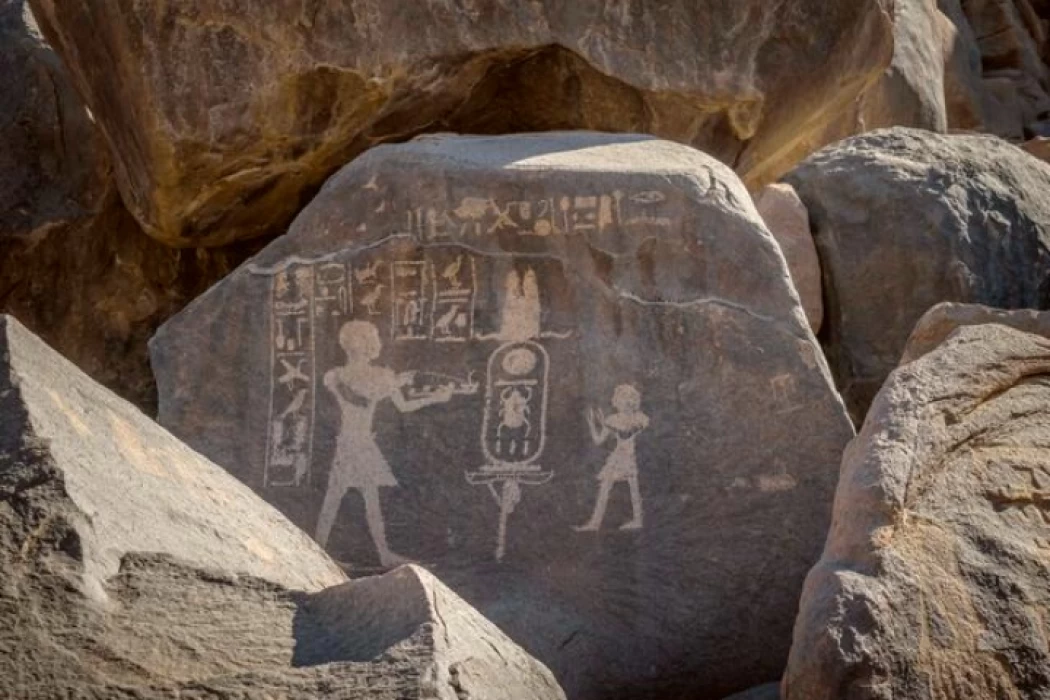
Famine Stela in Aswan
Originally identified by Charles Edwin Wilbour in 1889, it was translated by Brugsch (1891), Pleyte (1891), De Morgan (1894), Sethe (1901), Barguet (1953), and Lichtheim (1973).
Despite the stele's much later engraving (dating from the Ptolemaic period), the text dates to the year 18 of Necherjet-Dyeser's (Zoser's) reign during the III dynasty.
The east face of one of the upper rocks of a rocky outcrop is where the thirty-two-column text known as the Stele of Famine is engraved. This story tells of the Pharaoh's fear of the famine that struck his nation when the Nile's waters dropped below the critical point at which crops could be naturally fertilized.
The painting was carved in the Ptolemaic era around 196 BC, and it talks about the famine that occurred when the flood stopped for seven long years during the time of King Djoser of the Third Dynasty era around 2650 BC., An inscription of King Djoser appears in this painting in the upper part And it shows the king making offerings to three Egyptian deities, including the idol Khnum, and the text explains how the priests persuaded the king to offer offerings to Khnum, the god of water in the Aswan region, and to provide his temple with the property.
King Djoser is considered the first to build a huge stone building in history, which is the Step Pyramid, Although he started numerous other construction projects, Djoser is best known for his Step Pyramid, which was the first pyramid ever constructed in Egypt. Because of the sheer number of tombs, temples, and monuments he ordered, scholars have suggested that he ruled for almost thirty years.
He took Memphis as his capital and for his rule, and he is considered one of the most powerful kings in the history of the ancient world. However, his reign witnessed a great decrease in the level of the Nile. What led to famine made him search the archives of the ancients. For this reason, this painting was designed on the island of Suhail, south of Elephantine, which recorded what Djoser did so that generations after him could tell it.
they are on the surfaces of the rocks; Which made it easy for archaeologists to translate and write them down in huge archaeological volumes. On the face of the stone, the inscription narrates to people in sweet language: “My heart was in agonizing distress; for the Nile did not rise for seven years, the grains were not plentiful, the seeds withered, everything that had to be eaten was in pitiful quantities, every person was deprived.” Of his reaping, no one could walk much, children were crying, youths were weary; old men's hearts were sad and their legs bowed to the ground, and their hands vanished away, even the servants were without work, the temples were shut up and the holy of holies were covered with dust... In short: everything. In existence, I was wounded."
The famine stela presents King Djoser's great perplexity about that crisis, and the text also confirms that Djoser the king asked the priests of the Temple of Thoth to help remove this calamity and provide the reason for the lack of the Nile. Rather, he had to search in the ancient archives, and did the ancients face a Nile disaster like the one that I confronted him with?, And the response of the priests of the Temple of Thoth was that the one who controls the Nile flood is the god "Khnum" on the island of Elephantine and that the god Khnum is angry; Therefore, the flow of water was not allowed, so it was necessary to satisfy him with offerings so that King Djoser would then see a dream for the end of suffering The text says, “The king looks back at the archives, trying to find the origins of the Nile flood and to understand the role of Khnum, the ram god in the ancient state in Elephantine, in the rebellion of the waters. There shall be no more years that the flood shall fail to cover any part of the earth, the flowers shall leaf forth, and the curves of their trunks shall bear pollen" as life returned to Egypt after 7 years of famine due to the lack of the Nile.







